Samyang AF 50mm F1.4 II Review
Dustin Abbott
January 24th, 2022
When I first started reviewing Samyang (also sold as Rokinon – the products are identical), their products fell into one specific category. They produced inexpensive manual everything lenses that often had fairly good optics housed in “cheap” bodies. I was still a fan of some of their lenses because of the price-to-performance value, and owned several. In 2016 they began to release their first autofocus lenses, including a couple of lenses for the traditional DSLR mounts (Canon EF and Nikon F) and then subsequent lenses for the then new Sony FE full frame mirrorless mount. I spent my first time with an autofocusing Samyang lens in early 2018, and, ironically, it was a 50mm F1.4 lens for Sony FE. That lens was the predecessor of the Samyang AF 50mm F1.4 II which I’m reviewing today (a lens I’ll refer to as the AF 50II here for brevity).
I finished my review of the first Samyang AF 50mm F1.4 with mixed feelings. On the strength side, I felt like the lens had very nice bokeh and great light transmission [it was brighter than the two other 50mm options I compared it to – the Sony Zeiss Planar 50mm F1.4 (my review here) and Sony Zeiss Sonnar 55mm F1.8 (my review here)]. It also had the best price tag of the trio. But I wasn’t convinced by the autofocus, which felt a little primitive compared to the Sony options, and the lenses didn’t have great sharpness or contrast at wide apertures. It also lacked any kind of features when compared to the Sony options. No switches or dials, no weather sealing, etc… I was left feeling rather ambivalent towards the lens, and when I invested my own hard-earned cash, I went with the much more expensive Sony Zeiss Planar 50mm F1.4.
Since that point, however, I’ve reviewed a LOT of Samyang autofocusing lenses (about eleven), and my excitement for the direction of the company has steadily grown. I’ve witnessed a growing maturation in both autofocus and lens design. Samyang’s development on full frame has split between two tracks – the compact “Tiny” series (compact lenses with a maximum aperture of F1.8 or less) and the larger “pro series” lenses (the F1.4 type options). I was excited when I heard that Samyang was developing a Mark II version of the 50mm F1.4, as I knew that they were capable of making a much more compelling option than the one that I’d previously reviewed.
And the AF 50II is that. It’s better optically, has much better autofocus, and now has more modern features like a focus hold button, custom switch to give more physical control on the lens, and weather sealing. All of this in a lens that at roughly $700 USD retails for about half what the Sony Zeiss Planar lens costs, and closer to a third of what the new high end (and amazing!) Sony 50mm F1.2 GM costs (my review here). This is now a much more compelling alternative to the first-party Sony options, and I’ll detail how it compares in this review. You can get all the details by watching my deep dive definitive video review or get the highlights in my quick video review…or just keep reading…
Follow Me @ Patreon | My Newsletter | Instagram | Facebook | DA Merchandise | Flickr | 500px
I want to thank Samyang for sending me a test retail copy of the lens for review. As always, this is a completely independent review. The opinions here are completely my own. *The tests and most of the photos that I share as a part of my review cycle have been done with the new Sony Alpha 1 which will serve as my benchmark camera for the foreseeable future (my review here) and have supplemented with photos taken with the new Sony a7IV which I’m concurrently testing.
Samyang AF 50II Build, Design and Handling
As noted, the AF 50II is a reflection of Samyang’s growing design evolution. It actually takes most of its design clues from their most recent APS-C lens – the AF 12mm F2 (my review here). That lens was the first to highlight the new diamond pattern texture of the focus ring and to transition Samyang’s red ring to the new “hidden ring” design where the red is only visible from the front of the lens as it is somewhat hidden in the front fascia of the lens barrel. The resulting lens design is clean and modern, and scales up nicely to a slightly larger lens like this one.
But that’s only slightly larger, as this is a surprisingly compact and light lens for a high performing 50mm F1.4 optic. The AF 50II is 80.1mm (3.2″) in diameter and 88.9mm (3.5″) in length and weighs a very light 420g. That’s a full 20mm shorter than either Sony option, and about 360g lighter. I was surprised to find that it is actually shorter even than the Sony FE 35mm F1.4 GM.
As of the time of this review, Sigma has yet to release a DN version of a 50mm F1.4 (specific mirrorless design), so the FE mount 50mm F1.4 ART is actually a modified version of the Canon EF version (and has some limitations as such which are detailed in my review). That lens is the heaviest of the bunch at right over 900g in FE version (according to my personal scale) and is about 35mm longer than the Samyang. The Sigma is the closest in price to the Samyang, but that’s more than twice the weight and about 40% longer. Samyang has even managed to produce a smaller lens relative to the MK 1 Samyang lens, which is 73.5 x 97.7 mm and weighs 585g. That’s impressive when you consider the MK II lens is better optically, has weather sealing and actual features, and sports a superior autofocus system.
Speaking of those features… I’ve watched Samyang grow in their lens design over the past 3-4 years as they steadily debuted new features. This started with weather sealing as a part of the design with the AF 85mm F1.4 (my review here) and continues here. I count six seal points from this diagram, including at various transition points in the lens (front and rear element, either side of the focus ring, and at the switches).
I consider weather sealing to be a must if you want to market your lens as a premium or professional lens, and Samyang has smartly recognized that many photographers feel the same. They’ve definitely embraced weather sealing as a part of lens design, which does help inspire confidence when the weather turns during a photo shoot.
We’ve also got a couple of newer features for Samyang which have debuted over the past two years. One is a custom switch that gives you some options for how the focus ring will be used. You can tweak the options via the Samyang Lens Station (a $60 purchase I definitely recommend as it also allows you to quickly update the firmware. This might help with some improvement to performance and also will keep your investment “future-proofed”). My preferred setup is that the M1 position has the ring focus as an aperture ring and the M2 position automatically enables manual focus. This gives you the functionality of an aperture ring and an AF/MF switch in one. There’s also now a focus hold button which can be programmed to a variety of functions from within the camera just like on a Sony lens.
The manual focus ring is nice and wide and has that new textured surface (with a rubberized finish). I like the tactile feel of the “micro pattern” (as Samyang calls it) and feel like it offers good grip. The damping of the focus ring is fairly heavy, though it moves smoothly overall. The focus action appears to be linear (non-speed dependent), which is good for repeatability, though the focus throw is too long for major video focus throws. You need about 5 normal focus rotations to travel the extremes of the focus range, and I estimate the whole focus throw at somewhere near 380°. So, while the feel of the focus action isn’t bad, I feel like it could be more precise and easier to make focus changes on. On a positive note, the automatic magnification of the active focus area is engaged with the lens, which helps make the manual focus process more intuitive and accurate.
A petal-shaped lens hood is included. It’s plastic and pretty basic. It bayonets into place smoothly but lacks a locking mechanism (if that matters to you).
The body materials here are typical engineered plastics, and the build feels solid but not exceptional. That’s the tradeoff of getting such a lightweight lens, though I’ve been using a number of Samyang lenses for years and they have held up fine for me.
Up front we have a clean front fascia and a 72mm filter thread size (shared with both Sony options).
If you look inside, you’ll find an aperture iris with 9 rounded blades, though the shape of the aperture blades will start to show up by F2.8 in a mild way.
Here’s a look at the shape of the bokeh circles at F1.4, F2, and F2.8.
The geometric shape is pretty nice, and the bokeh circles are nice and soft. There’s no busyness in the bokeh circles, though you can see a light green fringing around the edges. Not enough to be distracting, but not completely neutral, either. I would call this a pretty nice “Christmas light” kind of lens (shoot at F2 to get the optimal round shape across the frame).
Early Samyang AF lenses didn’t excel when it came to minimum focus distance and magnification, but recent ones have been better. Here we have a minimum focus distance of 40cm (same as the Sony GM lens) and a magnification figure of 0.16x. This splits the difference between the Planar (0.15x) and the GM (0.17x). Here’s what the magnification looks like:
The GM lens employs floating elements to help eliminate focus breathing, and the Samyang obviously doesn’t, as the GM lens has a slighter higher figure at the same minimum focus distance. The AF 50II also can’t match the GM’s performance up close. The GM has better contrast, a bit more detail, but also has a much flatter plane of focus whereas the Samyang shows more field curvature. There’s only a small pocket of area that is in focus. Real world shots are often less dependent on that flat plane of focus though, and I thought that shots near minimum focus distances looked fair good.
This is a really nicely executed lens if you value the “smaller and lighter” ethos. It manages to pack a nice feature set and good handling into a noticeably smaller and lighter package. I own a lot of great lenses at various sizes and weights, but I’ll freely confess that there are often situations where I reach for the lighter lens even though I have a better lens (that also happens to be larger and heavier) in my kit. The smaller size and weight of the AF 50II might be the difference between it getting brought along or left behind.
Samyang AF 50II Autofocus Performance
The Samyang AF 50mm F1.4 II employs a Linear STM focus motor. This is a much smoother and quieter focus motor than what I encountered in the first generation lens.
I was pleasantly surprised by how stable the lens was when tracking my face during the 3-4 video episodes I filmed with it during my review. I saw no hunting or loss of focus; it stayed solidly locked onto my eye/face without any pulsing. I was also very pleased with my focus accuracy when shooting stills, where even very narrow depth of field situations returned very consistently good focus results on my Sony Alpha 1.
The focus motor is not completely silent; you will hear some faint whirring and clicking, though it is neither loud nor obvious. Typical focus changes are near instantaneous, though if you shift between a close and distant subject you will experience a brief lag. The torque of this single Linear STM focus motor isn’t as good as Samyang’s DLSM (Dual Linear Sonic Motor) focus system (found in a lens like the AF 85mm F1.4 FE). That shows in the slight lag in longer focus changes and also shows up in the more gradual focus transitions during video focus racks. I’m not sure why Samyang didn’t use the higher end focus system here (this is the same focus system they use in their smaller F1.8 lenses), but this is one area where the Sony GM lens takes the win. It actually employs four(!!) linear motors that give it effortless focus speed. I’m not sure that many people use a wide aperture 50mm lens for sports use, but if you happen to be one of them, know that the GM is going to be the better choice for that specific application.
Focus speed was generally fast enough that I didn’t really think about it when shooting stills. I noticed the slower transition speed more when shooting video. Focus results were generally confident, however, and there was no settling before focus lock was achieved.
That larger maximum aperture (F1.4) does help the AF 50II focus in low light compared to lenses with a smaller maximum aperture. I did a number of low light tests of my pets and got good eye detect and well focused results even in very gloomy conditions (1/50th second, F1.4, ISO 3200). There’s a lot of gloom to be found on a January evening!
Eye AF works very well whether a human or animal is the subject. Here’s a shot of Loki at F1.4, and the crop shows great focus precision.
Likewise this casual shot of my daughter on a Zoom meeting shows great precision on her eyelashes even though her head was down and she wasn’t looking at the camera at all.
I had my assistant, Craig, do a portrait session at a variety of focus distances and through a variety of foreground objects to test autofocus accuracy. I gave my daughter a break because it it was so cold (about -25C) outside, and I took one for the team instead. He was using the new Sony a7IV for the very first time, but Eye AF makes it all pretty easy these days. I went through all the results with a careful eye and didn’t find any misfocused results. There were some discards for eyes being closed and my generally looking stupid sometimes, but none that were discarded for technical reasons. Out of about 45 results, all were well focused. Here’s one at F1.4:
You can see from other samples that my results from the portrait session were consistently good, and I feel like this is going to be a very nice 50mm portrait option for those whose budget doesn’t extend to the spectacular GM lens.
So, other than the lens lacking a bit of torque in some situations, I felt like the autofocus performance was generally very good. This is a huge improvement over the first generation lens. I shot with both the high end Sony Alpha 1 and the more moderately priced a7IV with good results on both.
Samyang AF 50mm F1.4 II Image Quality
The first generation Samyang AF 50mm F1.4 employed an optical formula with 9 elements in 8 groups. This included three aspherical elements. We’ve got a new optical formula here with 11 elements in 8 groups, which includes more special elements like 2 Ultra-precision Aspherical elements, 3 High Refractive optic elements, and 1 Extra Low Dispersion element. Bottom line is that we’ve got twice as many exotic elements that result in a better looking MTF (and real world) performance. If we compare the MK 1 MTF (#1) to the MK 2 MTF (#2) to the Sony Zeiss Planar (#3), we find that the AF 50II is about 15% better across the frame compared to the MK 1 lens but lags behind the Planar by roughly 10%.
If you don’t understand how to read MTF charts, you can check out my video on the subject here. The MTF charts show that the MK II lens is much more consistent across the frame (see the big dip on the right side of the MK I chart?) and also that the MK II has a much higher capacity for peak performance when stopped down (the F8 chart is near flawless). I’ve had the good fortune to spend quality time with all the major players in this class, so I’ll give you a more real world look at how the AF 50II stacks up.
All chart tests done with a Sony Alpha 1 (50MP) using a tripod and a two second timer.
We’ll work through the chart results by first looking at distortion and vignette. As of yet there isn’t a correction profile available in Lightroom, and so out of curiosity I tested the MK 1 profile with the lens. The profile actually made the distortion worse on the lens, so I would avoid using that. I’ll show you my manually corrected results instead.
There’s only a tiny bit of pincushion distortion (a -3 to correct) but a fairly heavy amount of vignette that required a +80 to correct for, so around 3 stops stops in the corners. A pleasant surprise was that Lightroom already had a standard profile in place and my RAW images were automatically corrected on import. The vignette is fairly linear, though, so in some situations it will produce a flattering look to images that draws your eye to the subject (like this shot of Loki).
Surprisingly I didn’t find the vignette very obvious in real world shots in the snow, either. You can see from this snowy shot of some dried remnants of last fall sticking up that the corners don’t look particularly dark. I’m not sure if some kind of correction is being embedded in the RAW file or if the vignette is gradual enough that it doesn’t look obvious, but either way I didn’t see much that needed correction in my real world shots.
While I keep monitoring the status of in-camera corrections for Samyang lenses, it still doesn’t seem that lenses aren’t receiving correction in camera for JPEGs or video. I mostly shoot RAW images, so I don’t think about it much, but those of you who typically rely on in-camera corrections and shoot JPEG are going to be disappointed here. My hope that is Sony will afford Samyang the courtesy that third party lens makers like Tamron and Sigma get lenses get in terms of these corrections, but that day has not yet arrived. Fortunately Samyang has been making lenses in the past couple of years that don’t seem to need a great deal of correcting, so that certainly helps.
So how about chromatic aberrations? I found only small traces of lateral chromatic aberrations along the edge of the frame, and some mild longitudinal chromatic aberrations (LoCA) can be seen as purple and green fringing before and after the plane of focus at wide apertures.
We noted a bit of that fringing around bokeh balls earlier, but though I did a lot of shooting in the snow (mandatory in January!), I didn’t really feel like I saw enough fringing to ever be objectionable. I’ve long noted that a slight bit of uncorrected CA often produces slightly softer bokeh.
So how about resolution and contrast? Here’s a look at my test chart:
And here are the crops (at roughly 170% magnification) from the center, mid-frame, and extreme corner at F1.4:
That’s a pretty awesome result. Everywhere looks nice and crisp save the final few percentage points of the extreme corner even at high magnification of a 50MP image. The image looks pretty flawless at 100% magnification.
So what if we somewhat unfairly compare it to the far more expensive Planar lens? The MTF suggests a win for that lens, but is that what we find?
The center performance (surprisingly) favored the Samyang in my tests. The mid-frame results also slightly favored the Samyang (not shown here), while I felt the Sony’s corners were a little better.
The Samyang also delivered a brighter result with equal settings, showing that it continues to have good light transmission despite the additional elements in the optical design. I will note that I don’t consider light transmission to be a strength for the Planar, though I otherwise love the optical performance.
Stopping the lenses down to F2 left the Samyang still a bit better in the center, but the Sony showed more gains in the periphery and is very slightly stronger in the midframe and the corner. By F2.8 both lenses are intensely sharp across the frame, with the Samyang holding a slight lead in the middle and Sony in the corner with the midframe about the same. I find it hard to call a winner even after careful scrutiny at 200% on a 4K monitor. The only thing I can saw is that I do favor the slightly brighter image from the Samyang as shown in this midframe 200% crop.
So what happens if we ratchet up the unfairness and compare it to the $2000 Sony F1.2 GM lens? First of all, the Samyang holds its own in the center of the frame:
The further you move out, however, the more that the GM’s advantage grows. It’s the rare F1.2 lens that is nearly as sharp in the corners as it is in the center.
If you stop the lenses down, the GM sharpens up even more relative to Samyang in the midframe and corners. You can see that the GM (on the right) is resolving more highly here in the midframe at F2.
The GM is still the master class for Sony 50mm primes, but the Samyang certainly doesn’t embarrass itself here…and it costs $1300 less. Not too shabby!
Real world images are nice and crisp even at F1.4, as you can see from this shot.
By F2.8 the lens is extremely sharp across the frame. By F4 it is pretty close to flawless, with excellent performance everywhere you look.
That means you’ll get great results for landscape images like this one at F5.6:
A 50mm F1.4 at closer focus distances has the ability to really obliterate backgrounds at wide apertures, and that’s certain true here. Look at how this decoration quickly disappears to complete blur.
I’m also partial to this “snow-bokeh” image where the snow crystals stand out in the plane of focus while everything else melts away.
I’ve yet to see a bad situation for the bokeh rendering here, which handles everything quite effectively. Here’s a few more bokeh shots to show off the lens’ chops.
I was also pleasantly surprised by the AF 50II’s ability to handle flare. This is normally not a strength for wide aperture prime lenses, but this seems to be the exception. In the first shot in this series, I took the image at F1.4, and even then contrast holds up with very little ghosting. The second shot in the series shots the same scene at F11, and things have not gotten worse. Shot #3 was a real world shot in extremely bright (Arctic bright!) conditions (the temperature was nearly -30C with the wind chill). The sun was right in the frame and I wanted got the bright light coming through the cattails. I expected some flare issues, but, as you can see, got basically nothing.
Let’s return to the idea of portraiture again, as this will be a major application for the lens. I wanted to field test the flare resistance and to see if this would be a good 50mm option for those that like golden hour sun (or strobes) as backlights. I had my assistant use a single inexpensive Godox TT685 II flash (I was testing it at the same time) off camera to help fill my face. The bright sun caught my breath, but the images were nicely free of ghosting artifacts.
You can see some localized veiling here at the epicenter of the sun coming through the trees, but the effect is more flattering than negative.
While this lens isn’t quite as magical as the 50mm F1.2 GM, this is a beautiful portrait lens, combining excellent sharpness with good color and rendering. Few people have the budget for a $2000 50mm lens, but far more can afford a $700 quality portrait lens.
Samyang’s formula with lenses like these is to give 85-90% of GM performance at less than 40% of the price. I recognize that not everyone is comfortable with a third party lens, much less a Samyang. But this is a serious lens with a serious performance, and I saw no fatal flaws optically at all. You can see more images by checking out the lens image gallery here.
Conclusion
I was delighted to see Samyang revisit the 50mm F1.4 formula and give us a new and updated lens, as frankly there still aren’t a lot of 50mm F1.4 options on Sony FE. The closest lens to this price point is the Sigma 50mm F1.4 DG ART in Sony FE form, but that is not a dedicated Sony design, and it shows in a number of ways. It’s a good lens optically, but it also weighs more than twice as much and is 40% longer. The compact and lightweight design of the Samyang AF 50mm F1.4 II while also providing a nice build and a good list of features is a winning combination in my mind.
The list of negatives is pretty brief. I do wish they had thrown the dual motor AF system into this lens, as there were a few situations where I felt I could use a bit more torque (mostly in video applications). I also find the focus throw a little long for my tastes, but frankly these are mostly nitpicks. I had good autofocus performance, loved the physical design and presence of the lens, and found the optical performance to be pretty competitive with some of the best 50mm options I’ve ever tested.
At $700 USD this is an unquestionable value, and I see no reason why this lens should not become a favorite among many users. Samyang is rumored to be following this lens up with a 135mm F1.8, and if they manage to do something similar to this lens and keep the price under $1000, I suspect they’ll have enough winner among portrait photographers. I feel like Samyang has really hit their stride as a lens designer, and I look forward to future releases. And now I have a personal conundrum – keep the excellent Sony Zeiss Planar 50mm F1.4 that I already own, or add the Samyang instead? Choices, choices…
Pros:
- Nice construction complete with weather sealing
- Well executed, smooth manual focus ring
- Custom switch and focus hold button adds functionality
- Smaller and lighter than competing lenses
- Quiet, effective autofocus
- Good center sharpness wide open
- Excellent sharpness across the frame when stopped down
- Lovely bokeh
- Fairly strong flare resistance
- Excellent price-to-performance ratio
Cons:
- Manual focus throw too long for easy focus pulls
- Focus motor could use a little more torque
Gear Used:
Purchase the Samyang AF 50mm F1.4 II @ B&H Photo | Amazon | Amazon Canada | Amazon UK | Amazon Germany
Purchase the Sony 50mm F1.2 GM @ B&H Photo | Amazon | Camera Canada | Amazon Canada | Amazon UK | Amazon Germany | Ebay
Purchase the Sony FE 50mm f/1.4 Planar T*: B&H Photo | Amazon | Camera Canada | Amazon.ca | Amazon UK | Ebay
Purchase the Sony a7IV @ B&H Photo | Amazon | Camera Canada | Amazon Canada | Amazon UK | Amazon Germany
Purchase the Sony Alpha 1 @ Camera Canada | B&H Photo | Amazon | Amazon Canada | Amazon UK | Amazon Germany | Ebay
Purchase a Sony a9M2 @ B&H Photo | Amazon | Camera Canada | Amazon Canada | Amazon UK | Amazon Germany | Ebay
Purchase a Sony a7C @ B&H Photo | Amazon | Camera Canada | Amazon Canada | Amazon UK | Amazon Germany | Ebay
Sony a7RIV Camera: B&H Photo | Amazon | Camera Canada | Amazon Canada | Amazon UK | Amazon Germany | Ebay
Buy DA Merchandise https://bit.ly/TWIMerch
Purchase a Sony a7C @ B&H Photo | Amazon | Camera Canada | Amazon Canada | Amazon UK | Amazon Germany | Ebay
Peak Design Leash Strap: Peak Design Store | B&H Photo | Amazon | Amazon Canada | Amazon UK
Adobe Photoshop Creative Cloud 1-Year Subscription
Exposure Software X6 (Use Code “dustinabbott” to get 10% anything and everything)
Visit Dustin’s Amazon Storefront and see his favorite gear

Purchasing your gear through B&H and these links helps fund this website and keeps the articles coming. You can also make a donation here if you would like. Visit my Amazon page for some of my gear of choice! Thank you for your support.
Great News! I can now offer a 5% discount on all purchases at Amplis Foto, Canada’s Leading Photographic Supplier. Please enter discount code: AMPLIS52018DA in your cart. It is good for everything in your cart, and is stackable with other coupons, too! It will take 5% off your entire order! Proceeds go towards keeping this site going and providing you with new reviews!
Check me out on: My Patreon | Sign Up for My Newsletter | Instagram | Facebook | Twitter | Flickr | 500px | Google+ |
Keywords: Samyang 50 II, Samyang 50 1.4, Samyang 50mm, II, AF, Samyang, Rokinon, Samyang AF 50mm F1.4 II, F1.4II, Samyang AF, Samyang AF 50mm F1.4 II Review, Review, Dustin Abbott, FE, Sony 50mm F1.4, FE, Sony Zeiss, Planar, G Master, F1.2, GM, , Portrait, Sony a7IV, Sony a7III, Sony Alpha 1, Sony a7C, Bokeh, Sharpness, Resolution, Video Test, Sample Images, Real World
DISCLAIMER: This article and description contains affiliate links, which means that if you click on one of the product links, I’ll receive a small commission. As an Amazon Associate I earn from qualifying purchases.












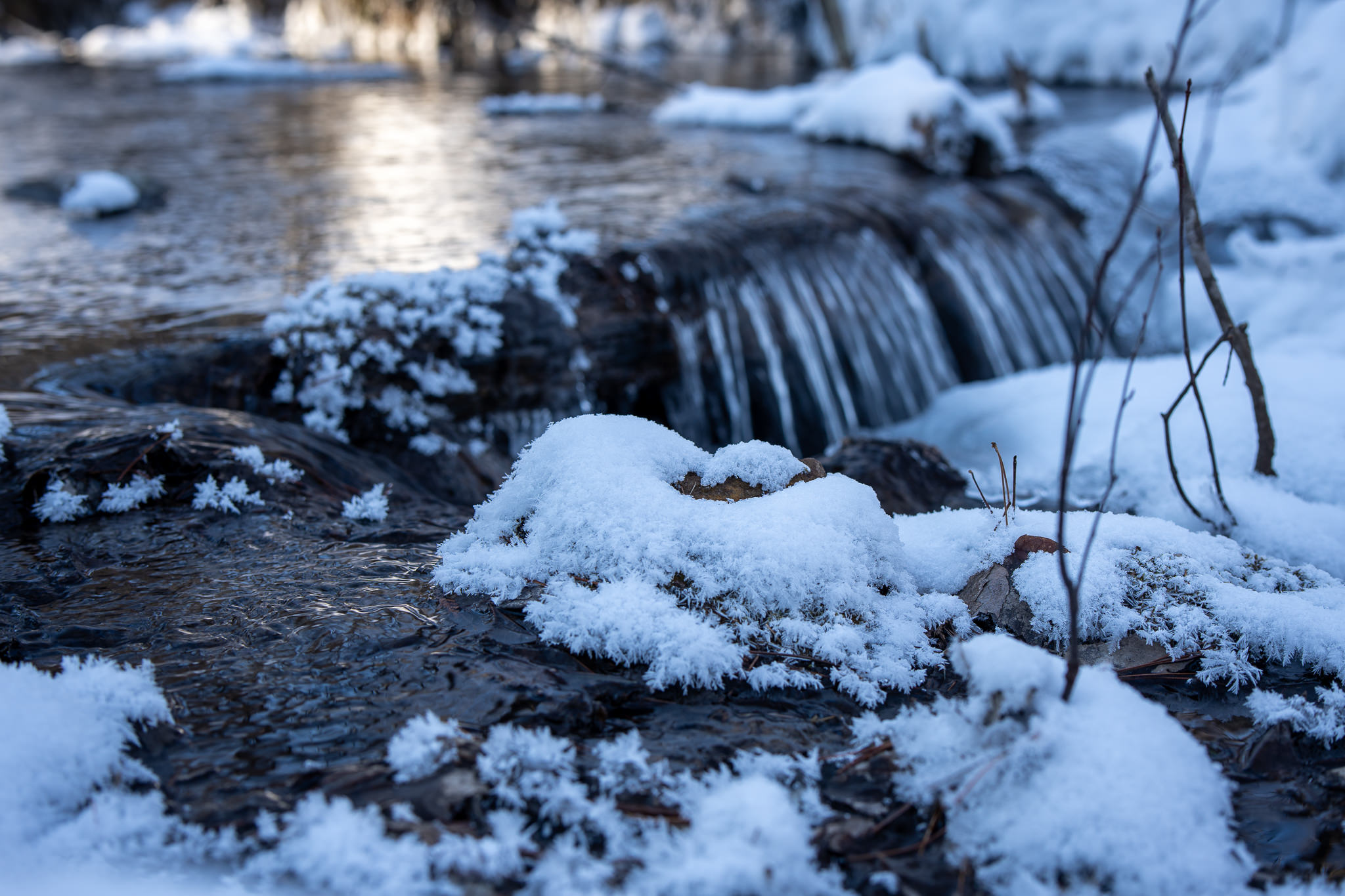

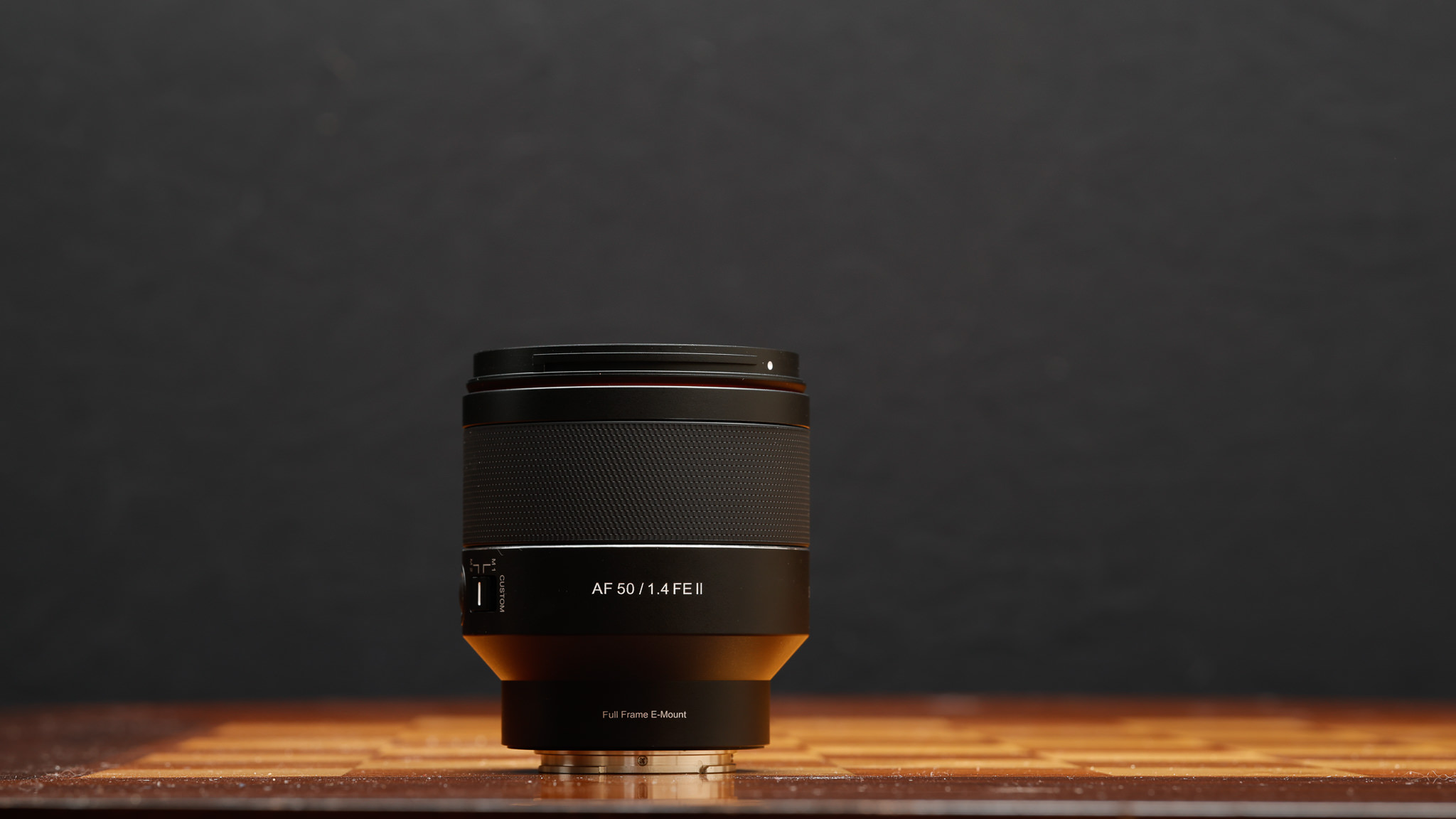
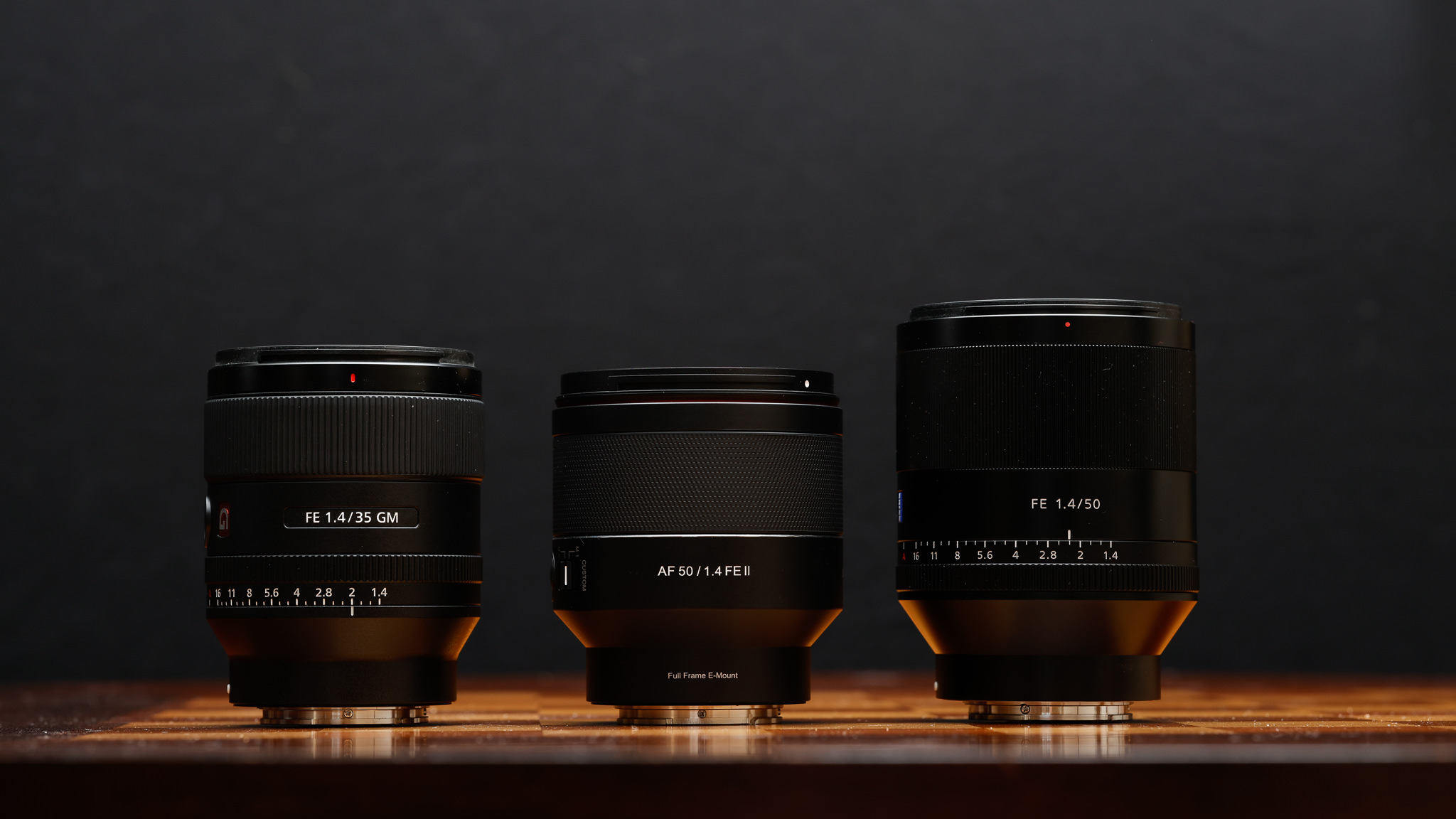

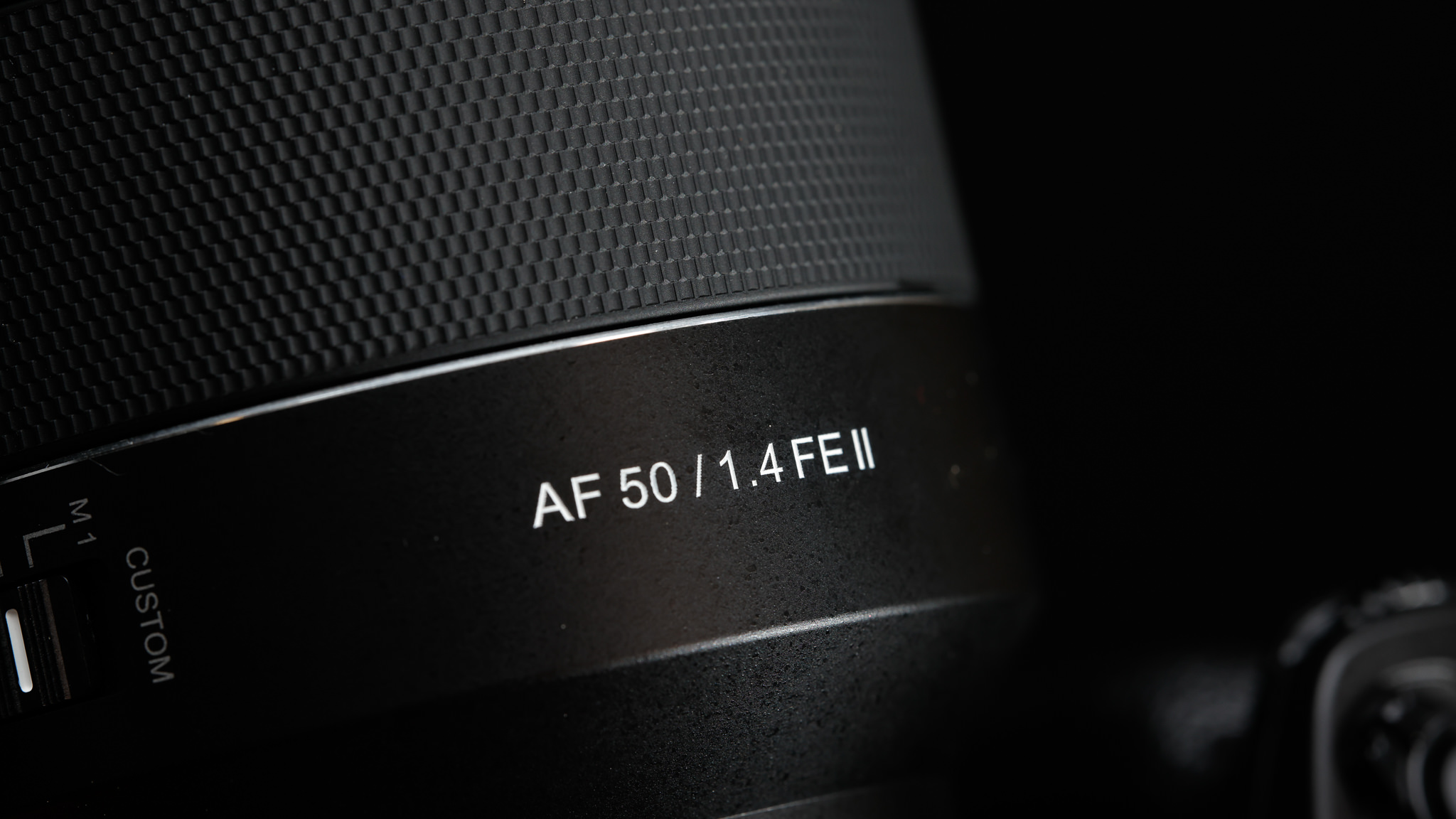
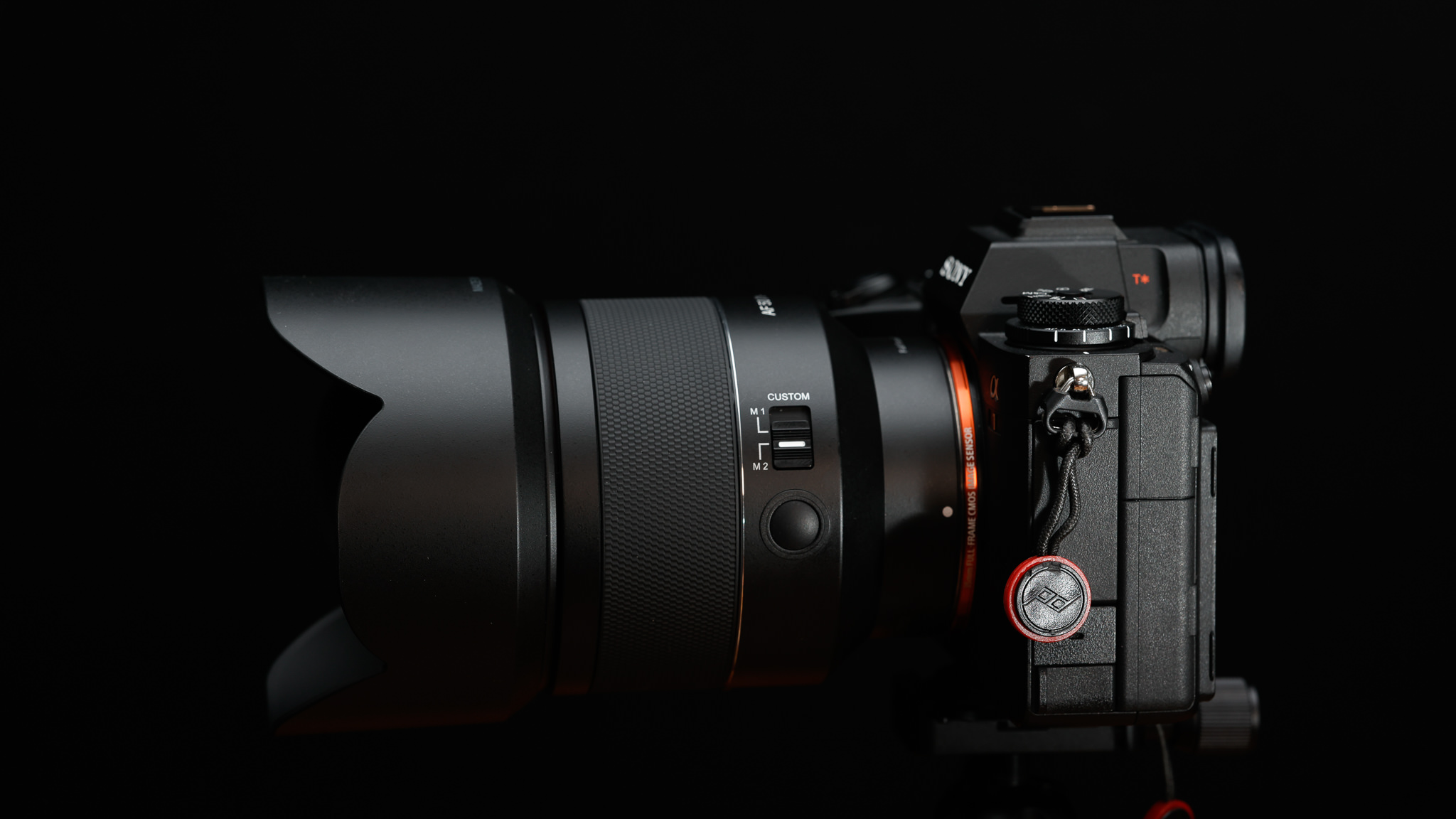

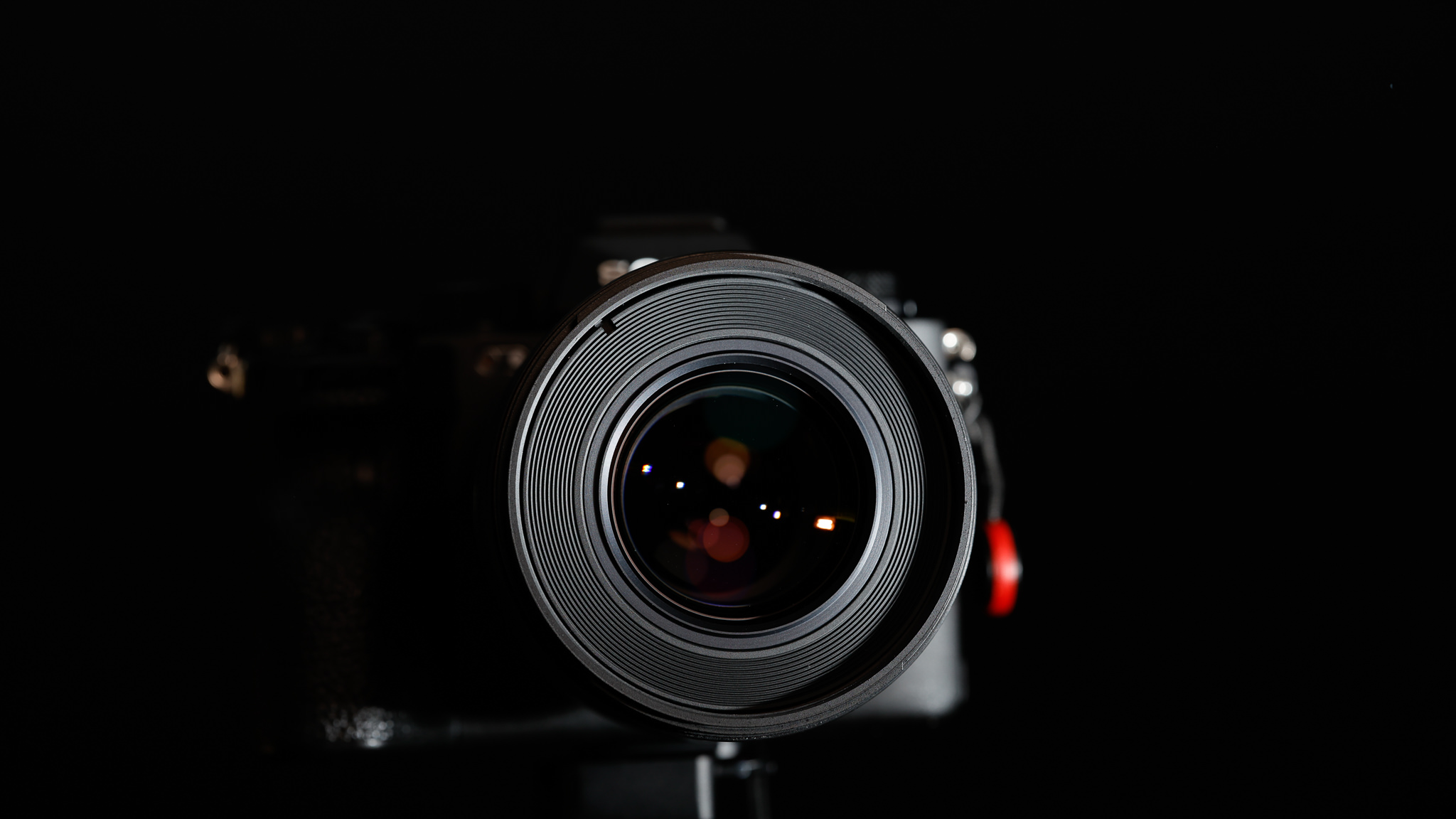
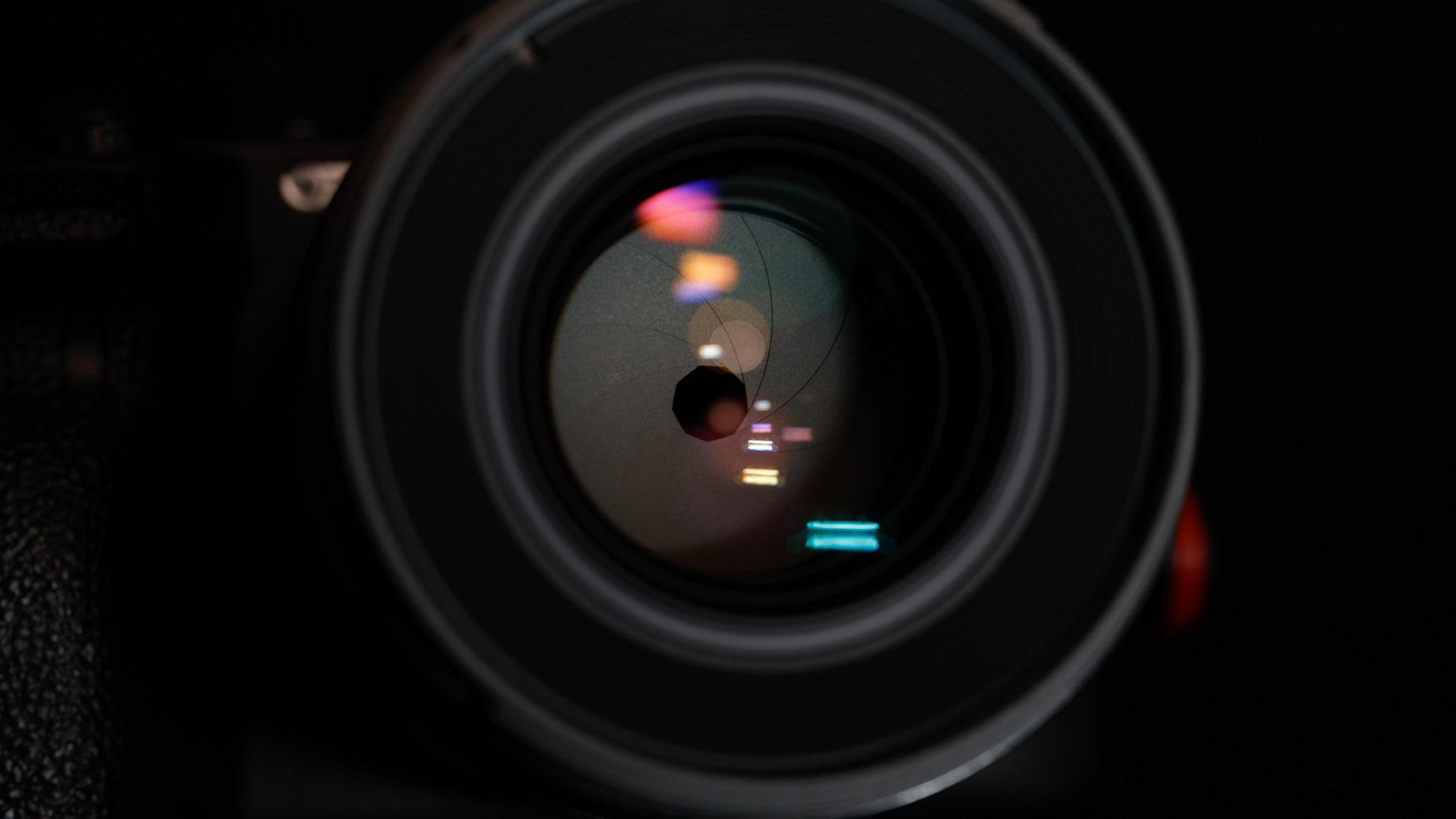





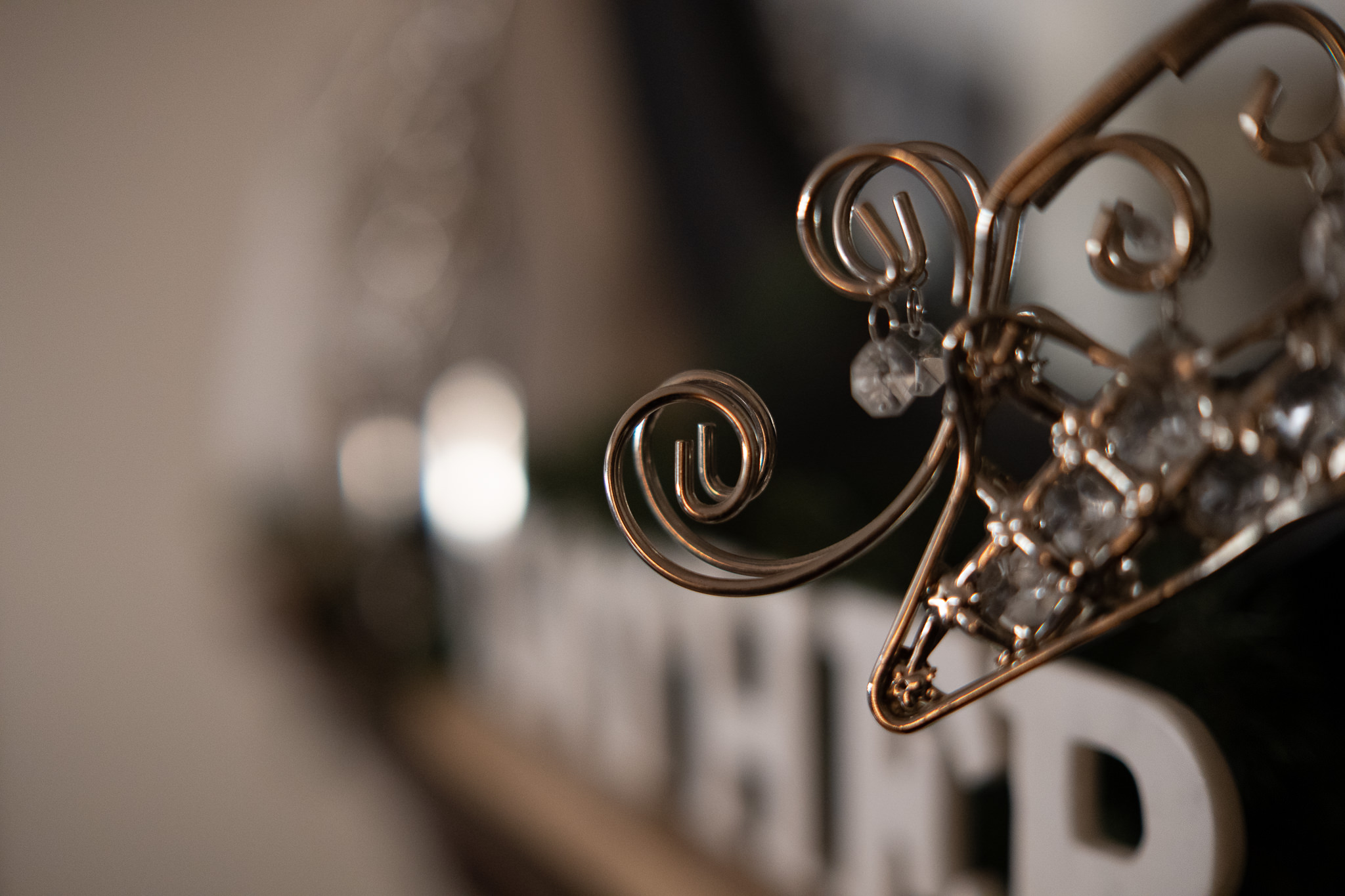





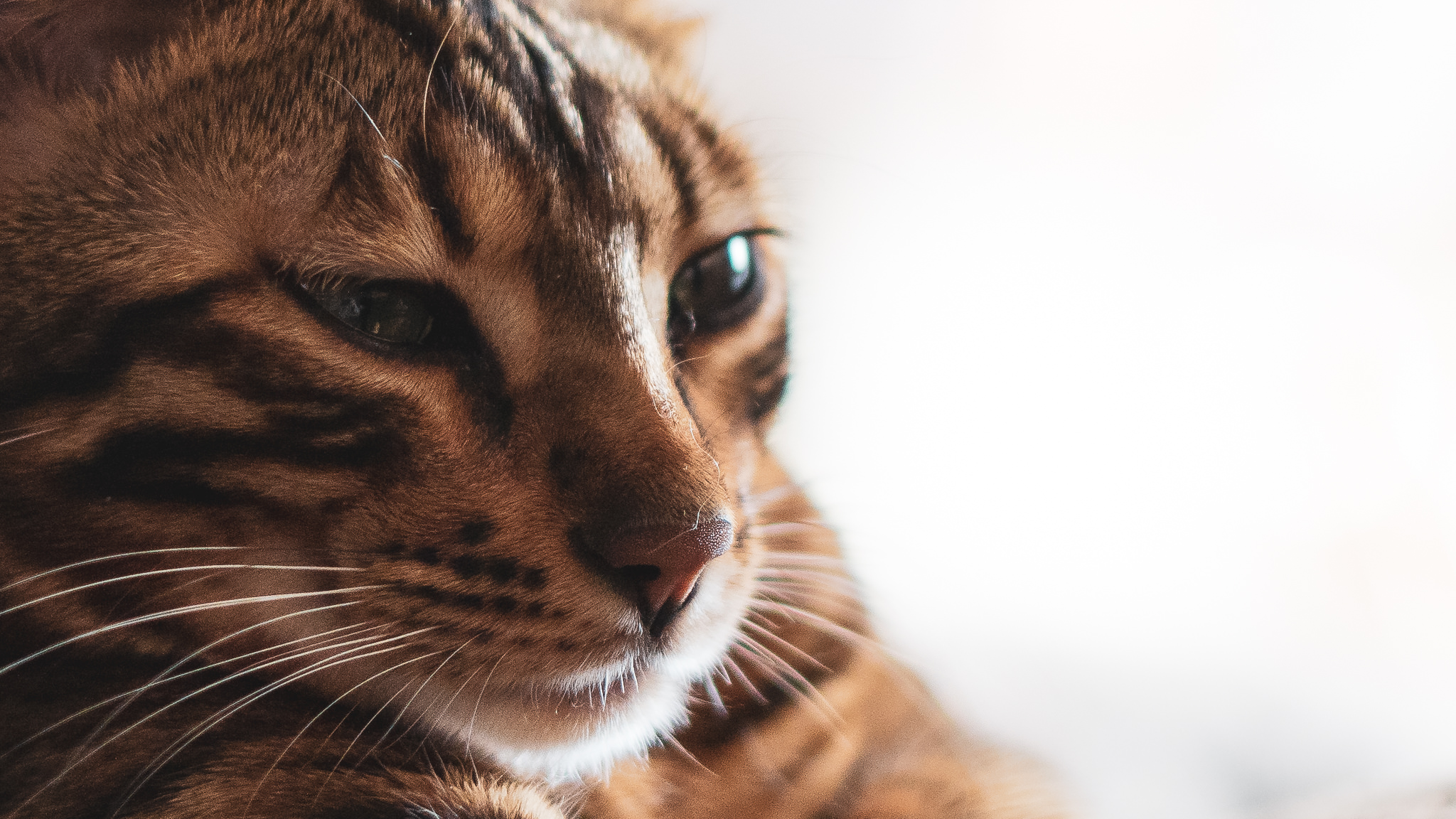

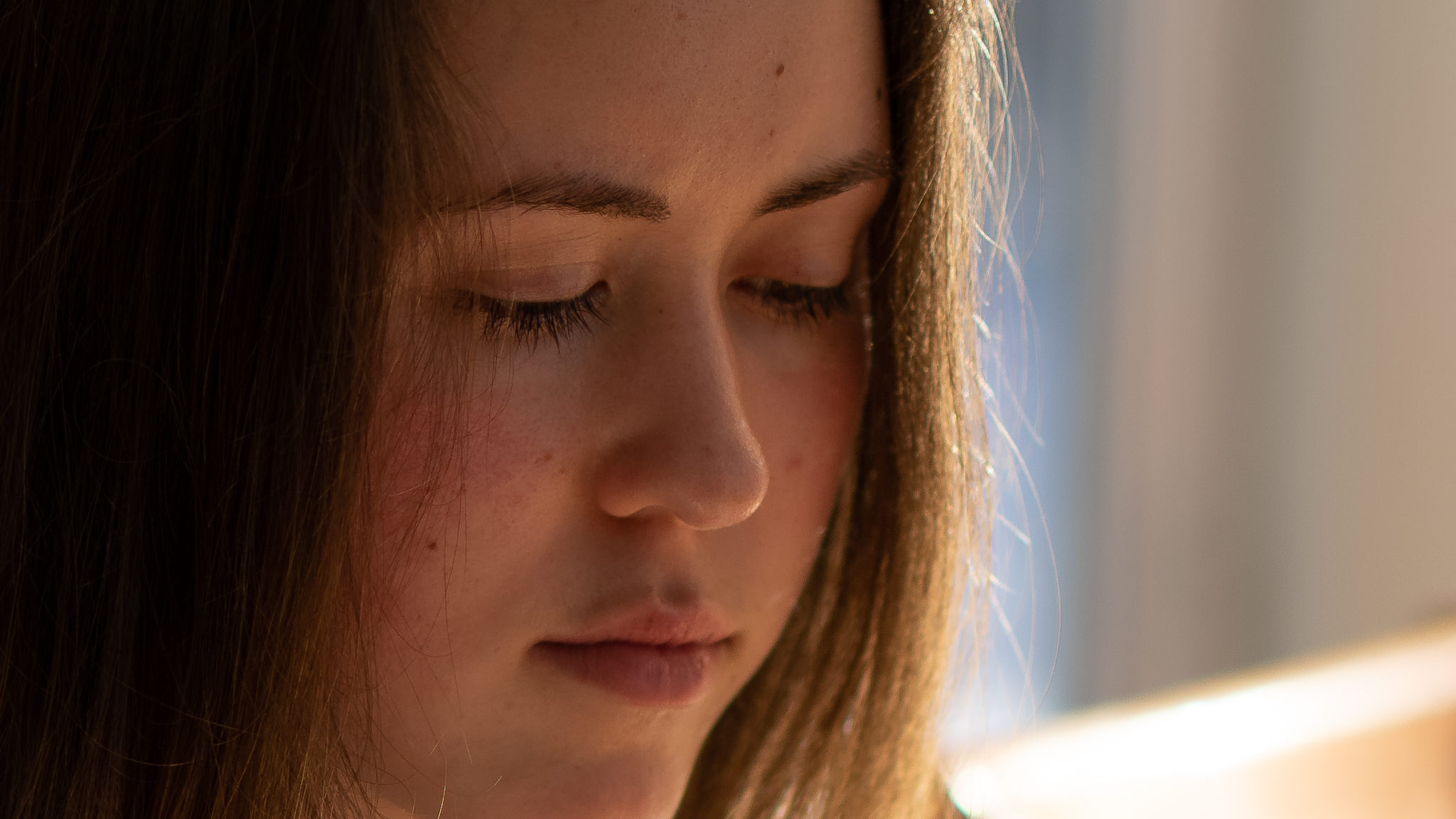





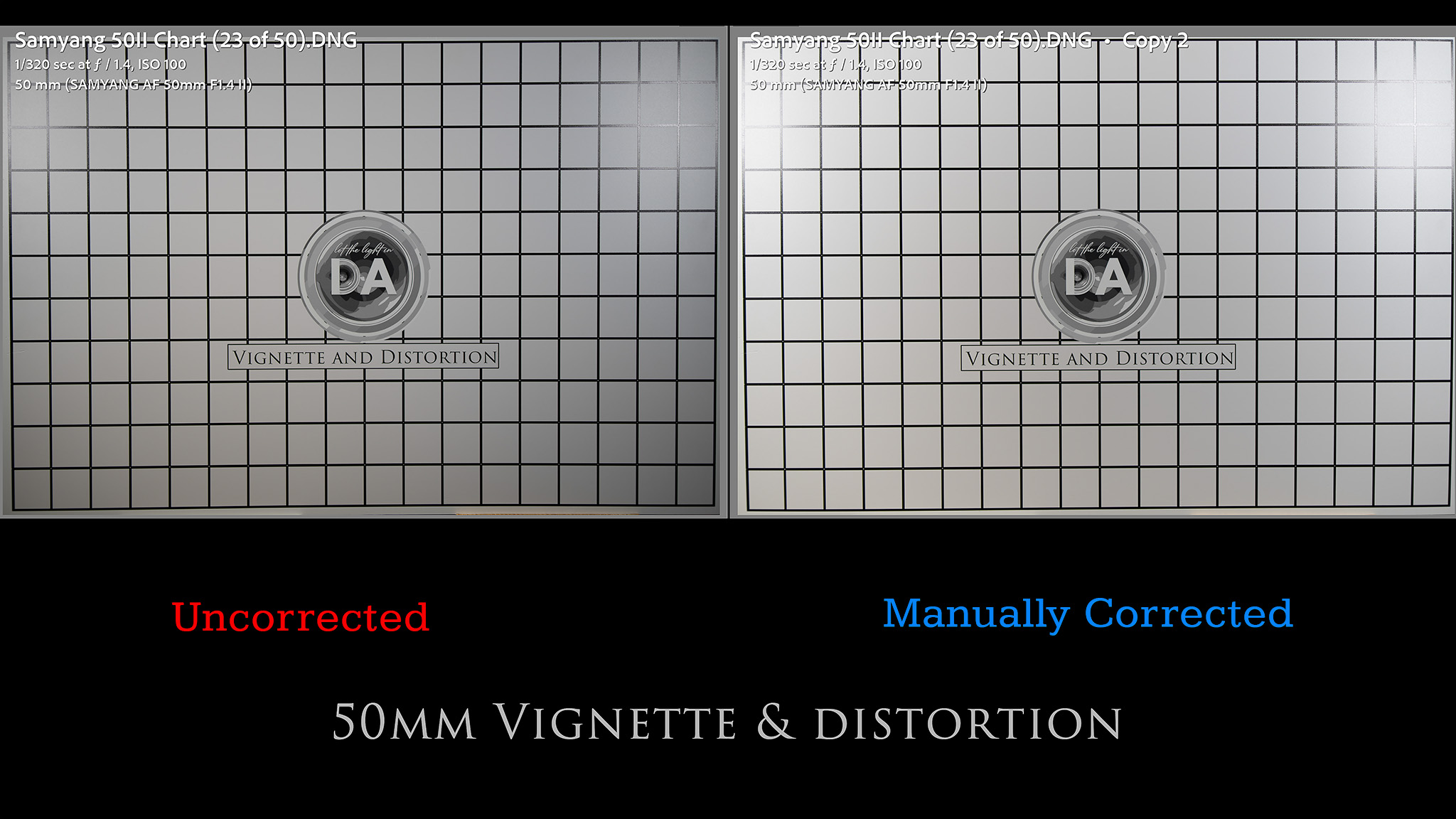






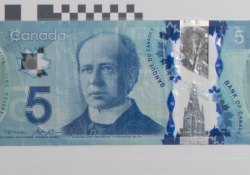
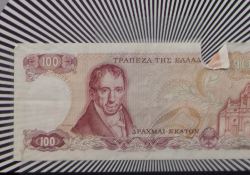

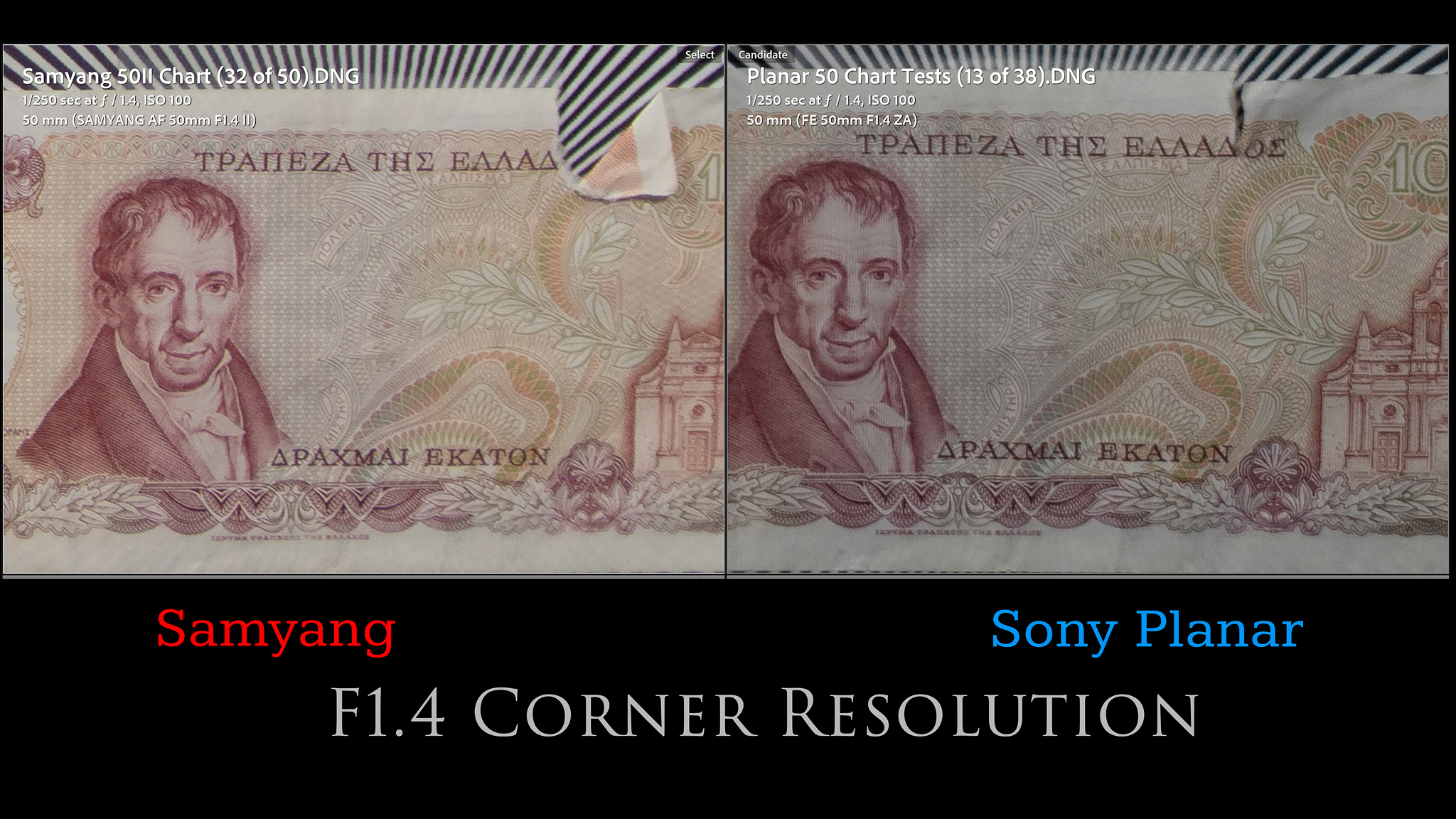
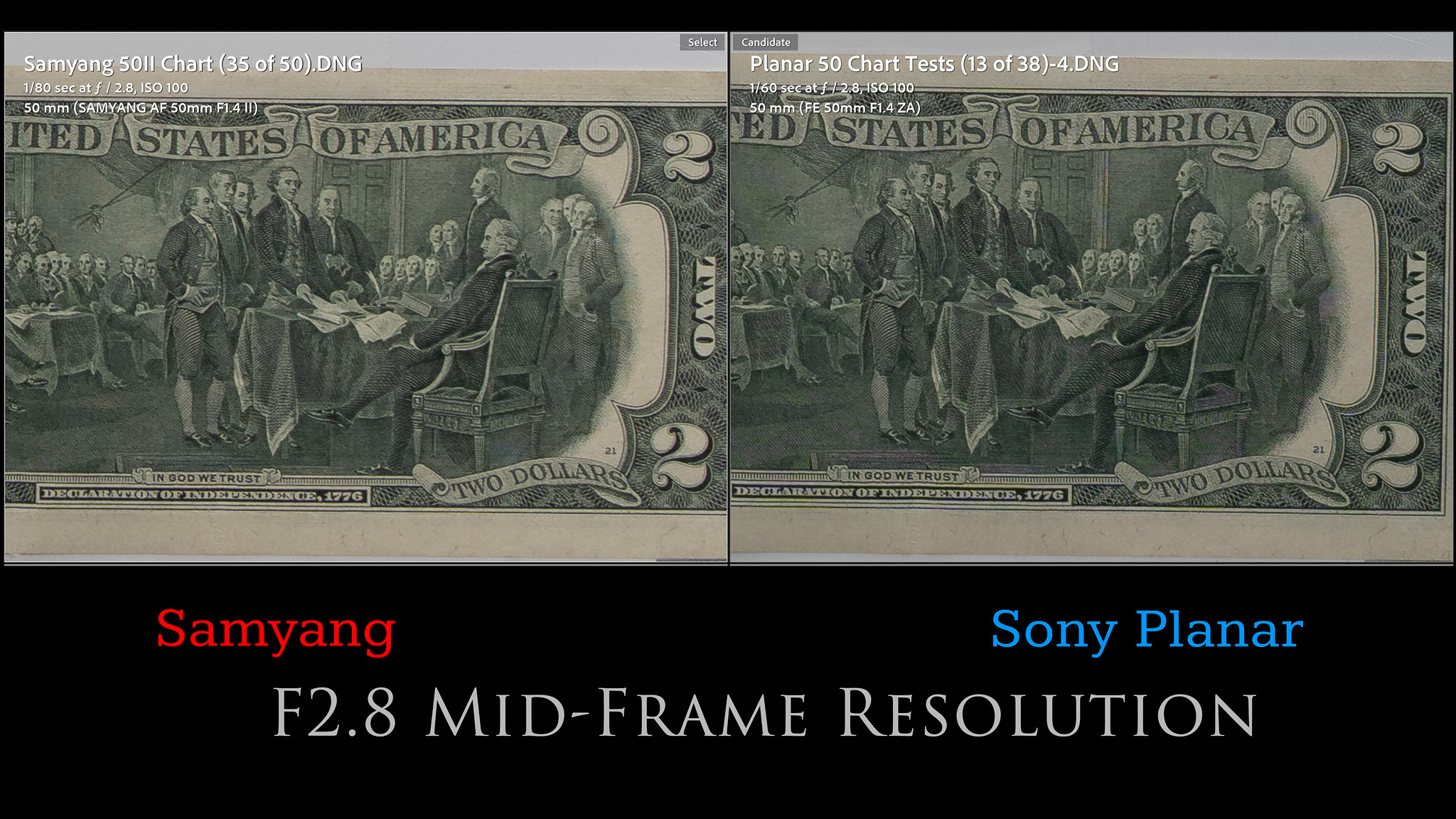

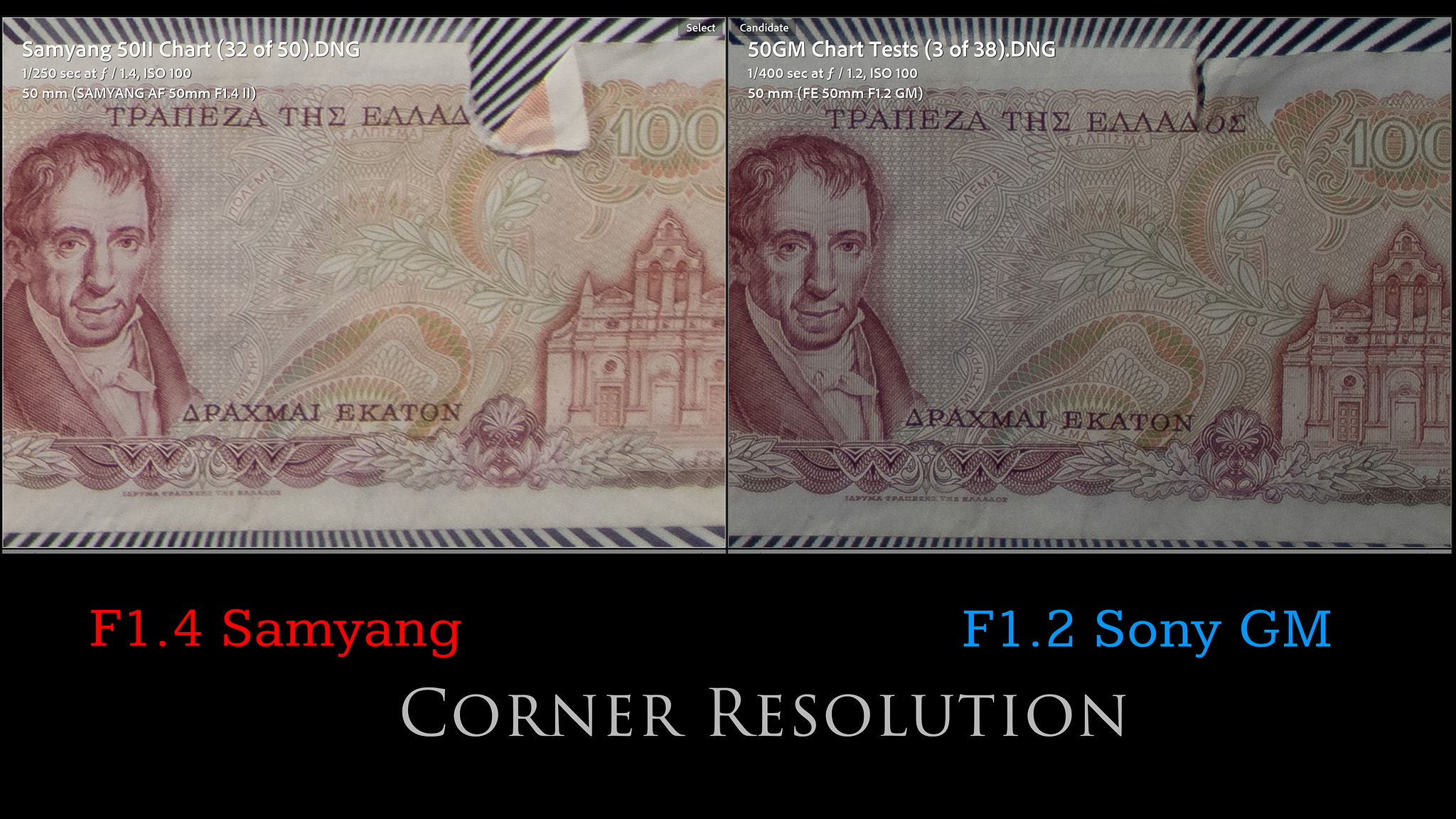

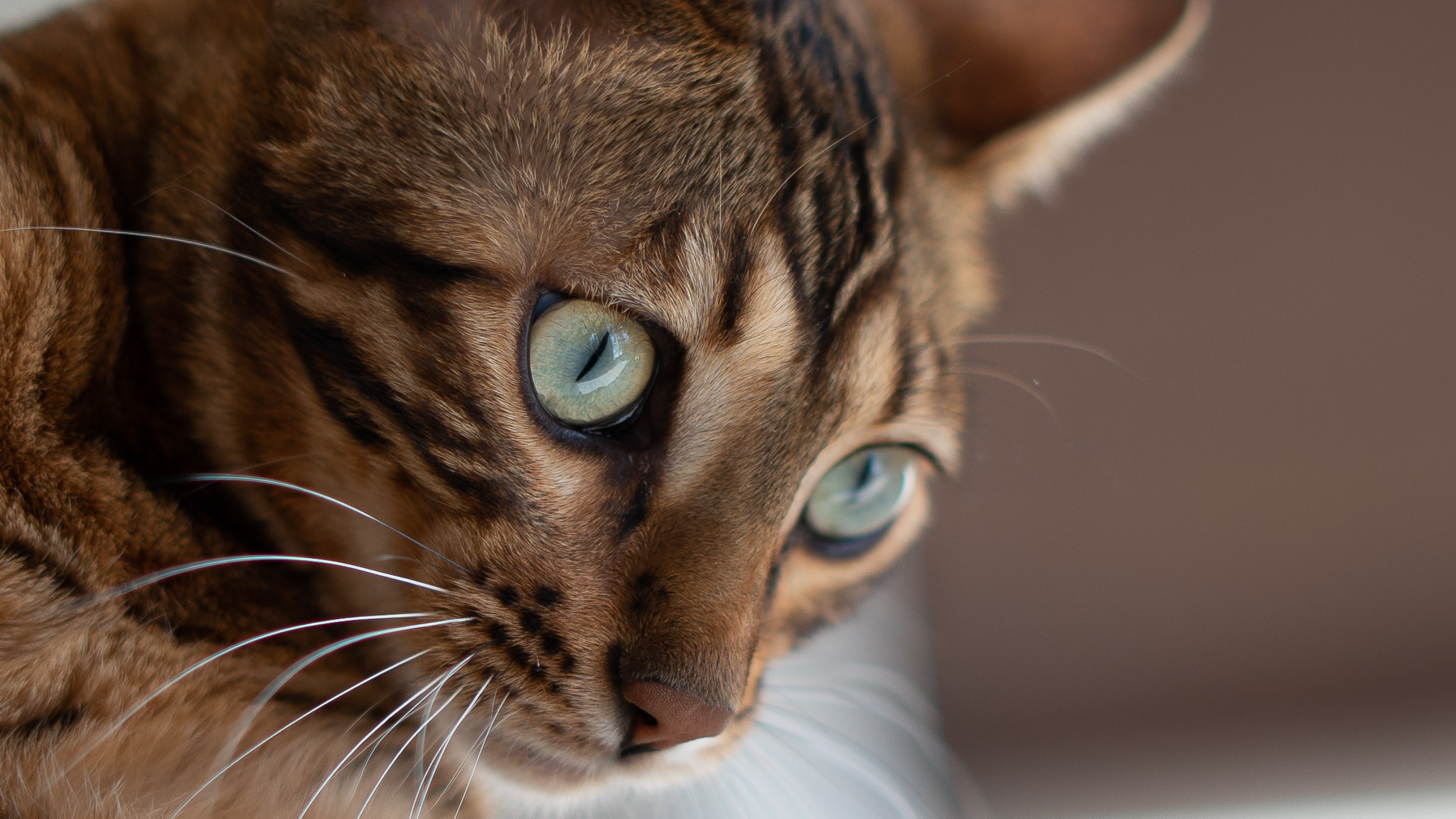
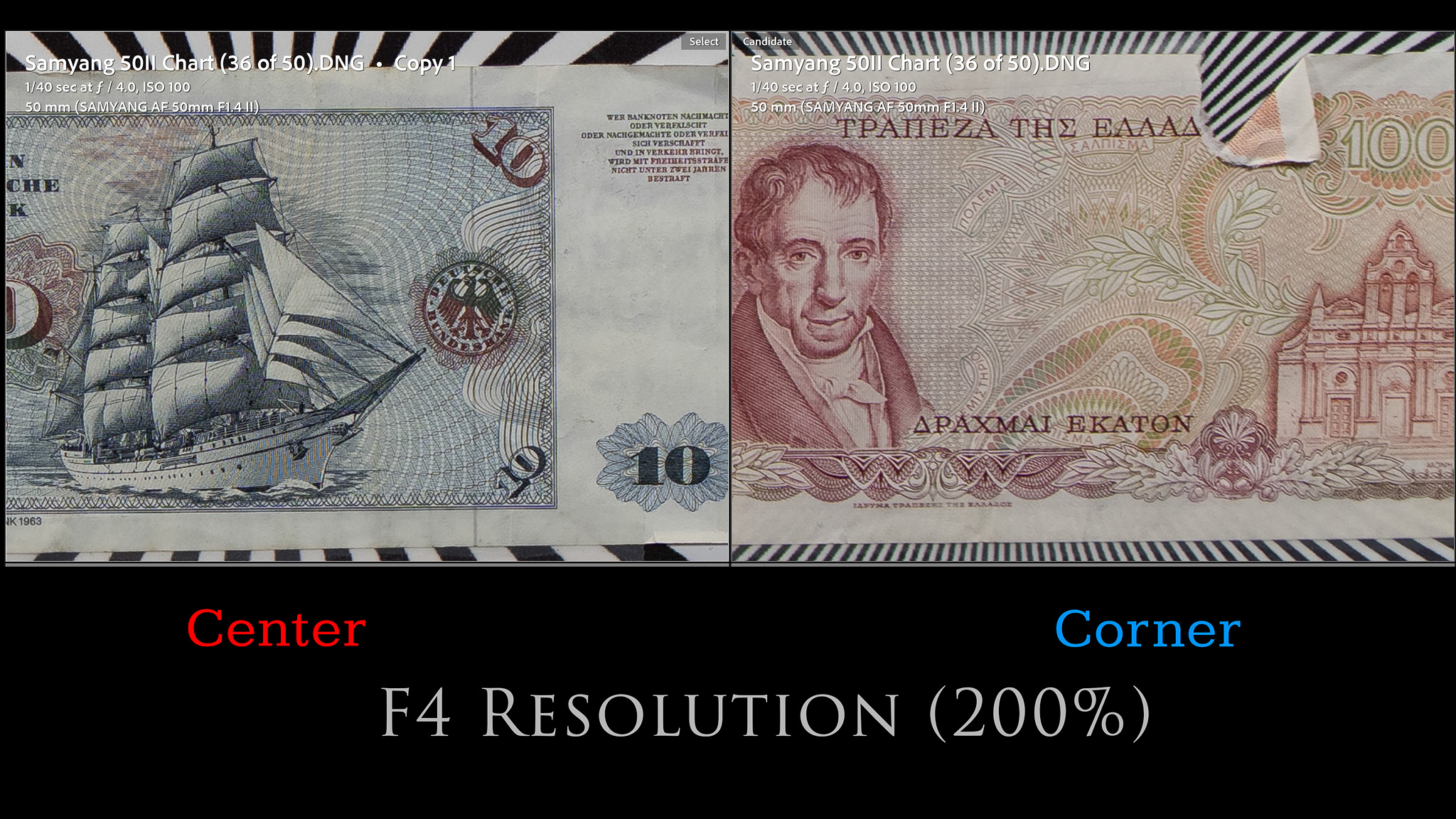
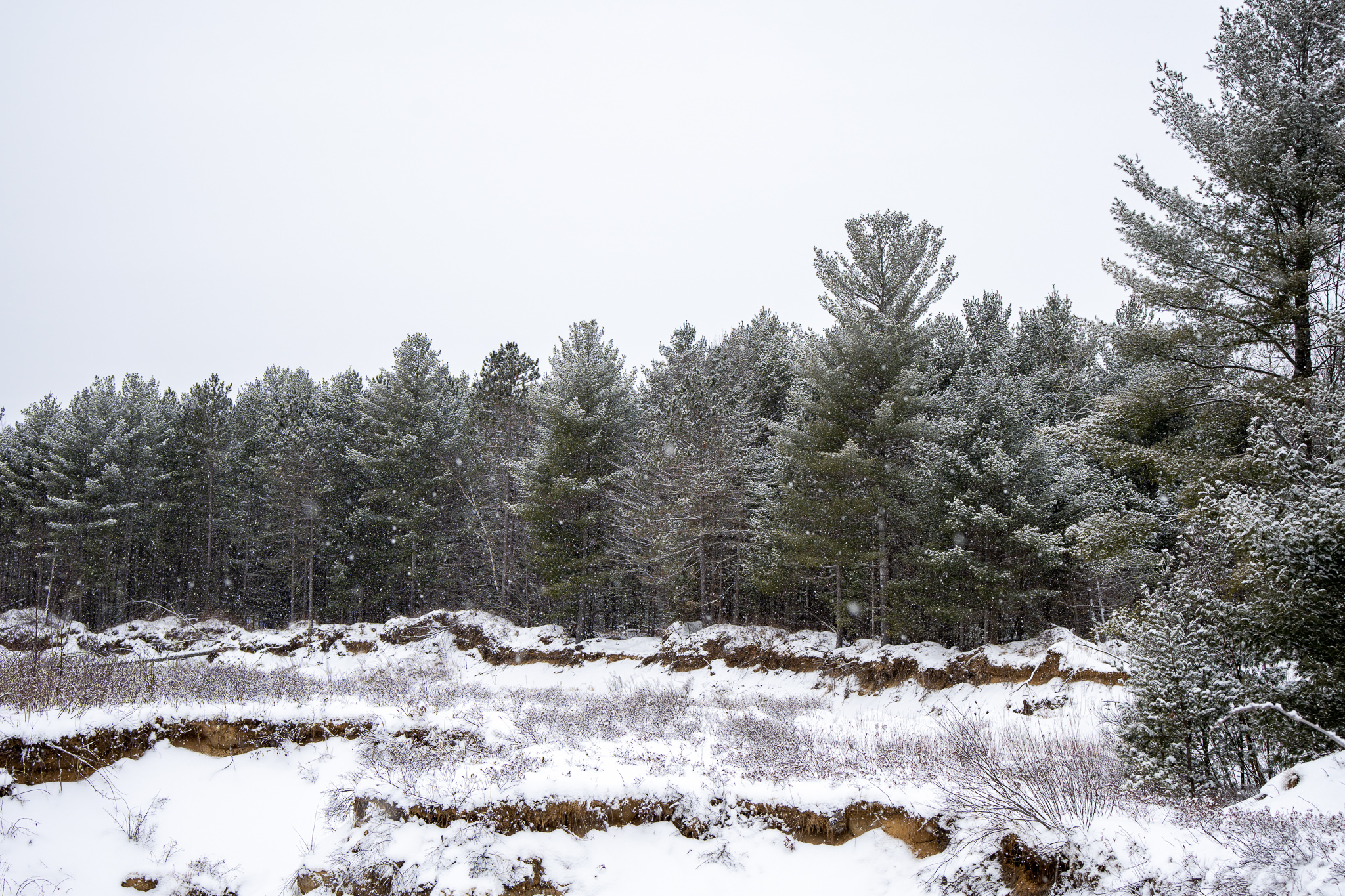


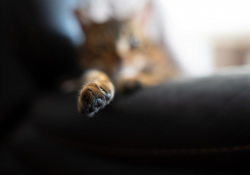





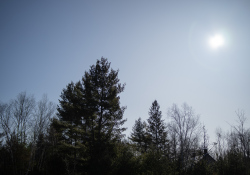





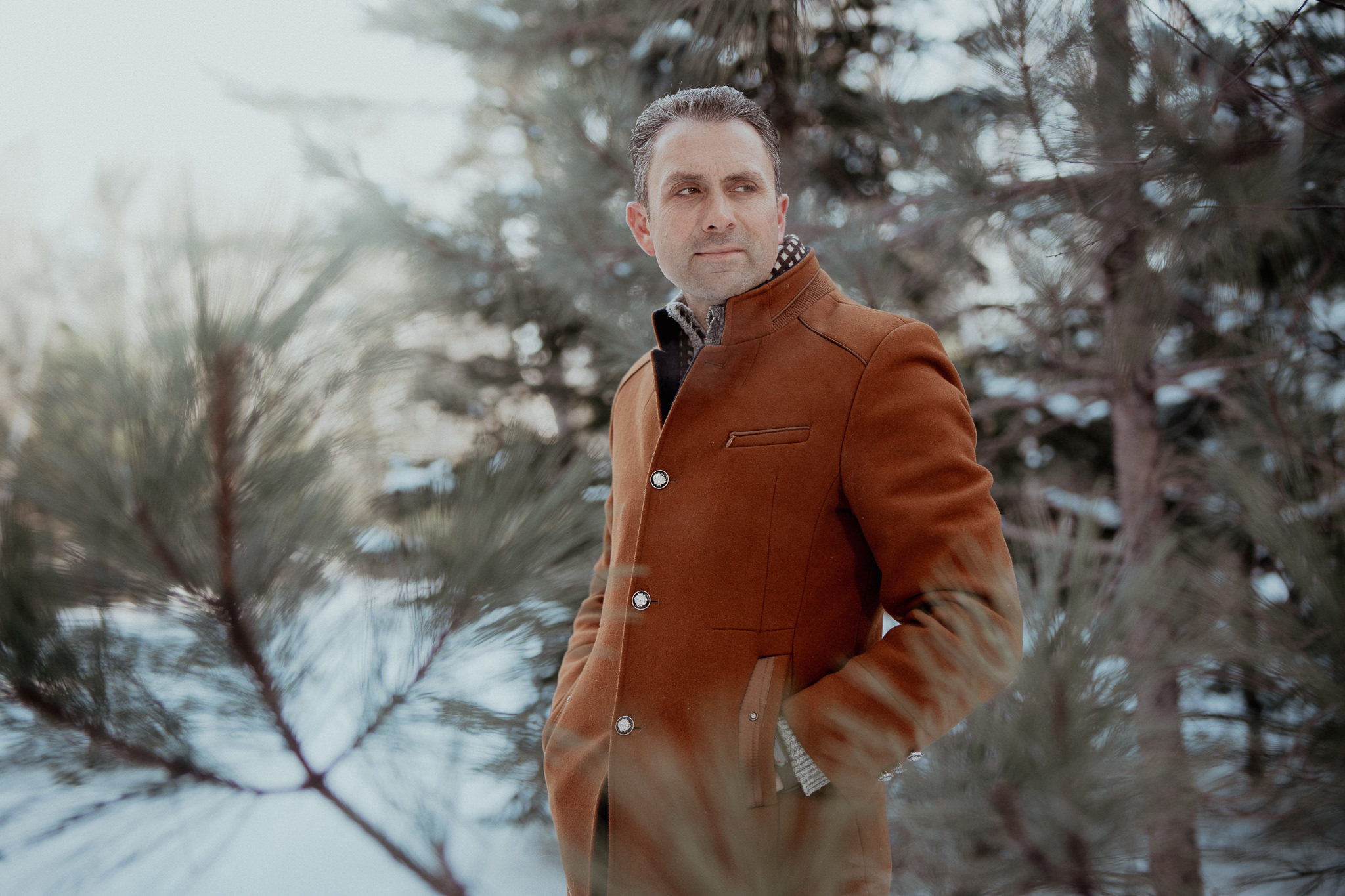
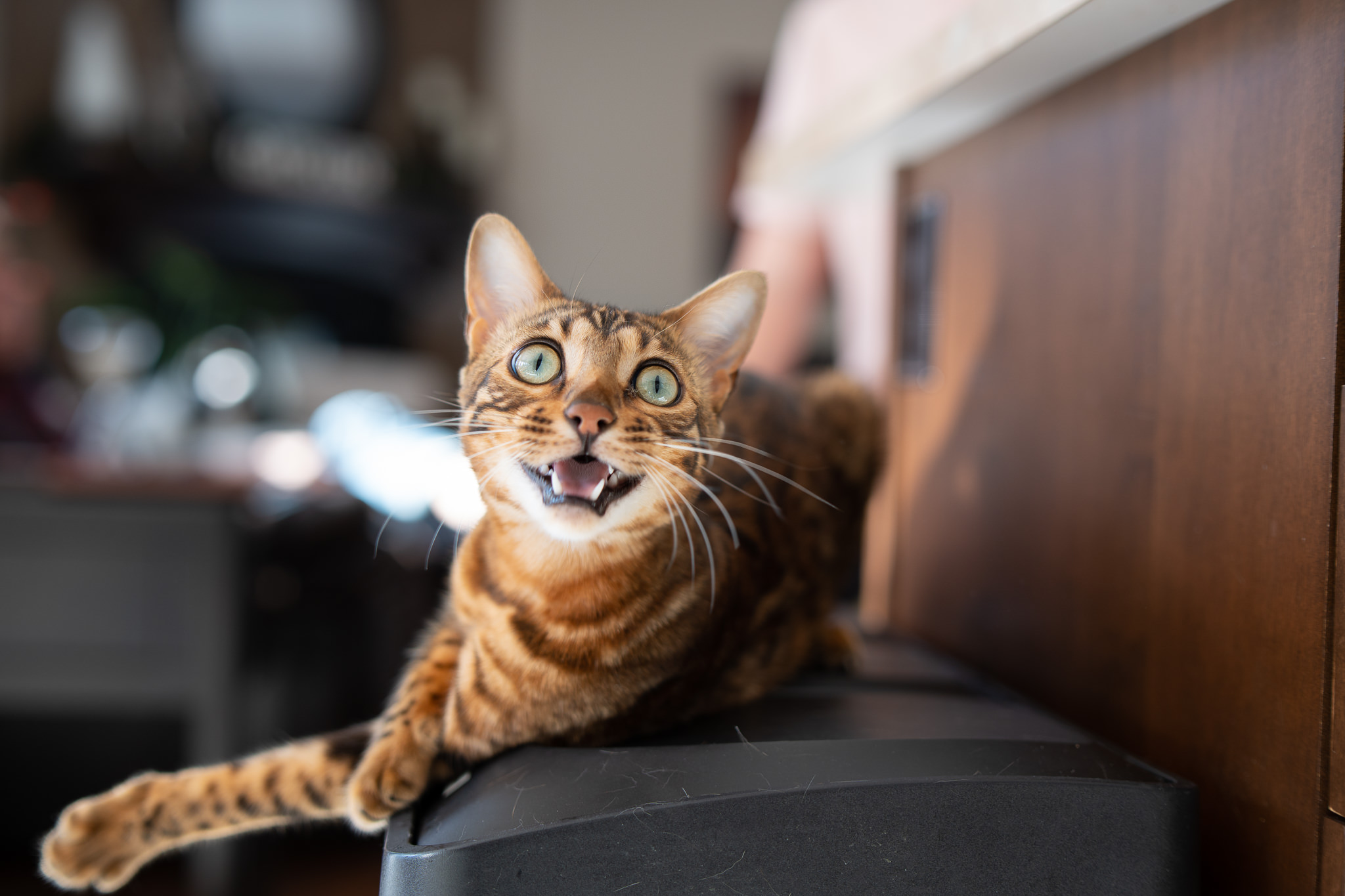



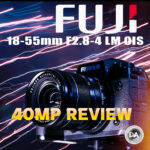 Fujinon XF 18-55mm F2.8-4 LM OIS 40MP 2024 Review
Fujinon XF 18-55mm F2.8-4 LM OIS 40MP 2024 Review  Viltrox AF 56mm F1.7 X-Mount Review
Viltrox AF 56mm F1.7 X-Mount Review  Viltrox AF 56mm F1.7 X Mount Gallery
Viltrox AF 56mm F1.7 X Mount Gallery  Zhiyun Molus X60 RGB COB Light Review
Zhiyun Molus X60 RGB COB Light Review 




